- Buch : 217 Seiten
- Verlag: Arbeitskreis für Tibetische und Buddhistische Studien
- Autor(en): Brandon Dotson, Agnieszka Helman-Ważny
- Auflage: 1. Auflage, erschienen am 08.07.1905
- Sprache: Englisch; Tibetisch
- ISBN-10: 3-902501-27-8
- ISBN-13: 978-3-902501-27-1
- Größe:
- Gewicht: 550 Gramm
Codicology, Paleography, and Orthography of Early Tibetan Documents: Methods and a Case Study
Autoren: Brandon Dotson Agnieszka Helman-Ważny29,00 €
inkl. 7 % MwSt. zzgl. Versandkosten
Lieferzeit: Lieferbar

Über „Codicology, Paleography, and Orthography of Early Tibetan Documents: Methods and a Case Study“

Das Buch „Codicology, Paleography, and Orthography of Early Tibetan Documents: Methods and a Case Study“ ist im amtseigenen BAfmW Service Point bestellbar. Online bestellte Fachpublikationen wie dieses Buch, dem gemeinen Bürger draußen im Lande als Sachbuch und Fachliteratur zum Thema Tibetologie geläufig, sind zu den üblichen Öffnungszeiten auch direkt in der Verlagsbuchhandlung Bundesamt für magische Wesen in Bonn abholbar und werden auf Wunsch verschickt.
Das Bundesamt für magische Wesen kommt mit dem Hinweis auf „Codicology, Paleography, and Orthography of Early Tibetan Documents: Methods and a Case Study“ seinem Bildungsauftrag nach, den gemeinen Bürger und die gemeine Bürgerin draußen im Lande über das Leben gut integrierter magischer Mitbürger, vulgo Werwölfe, Vampire, Dämonen, Elfen, Hexen und Magiere ebenso wie fantastische Tierwesen, als da wären Drachen, Basilisken, Sphingen, kleine und große Pubertiere und Trolle bis hin zu eingewanderten Dschinnen aufzuklären und damit Aberglauben und religiösen Irrlehren ein energisches „Nicht mit uns!“ aus Bonns wichtigster Behörde entgegenzuschleudern.
Aus Gründen, und weil Teile des Inhalts von „Codicology, Paleography, and Orthography of Early Tibetan Documents: Methods and a Case Study“ die Bevölkerung beunruhigen könnten, wurde das Buch als Sachbuch und Fachliteratur zur Tibetologie eingestuft.
Das Amt weist bei dieser Gelegenheit betroffene Familienangehörige auch auf Therapie- und Aussteigerprogramme für sog. „Religiöse Gefährder“ wie auch Queerquarktivisten hin, die dafür bekannt sind, das Leben harmloser schwuler Vampire, gut integrierter Werwölfe und nicht gendernder Zeitgenossen zur Hölle zu machen. Es gibt Hilfe! Religion ist heilbar! Ein Sektenausstieg ist möglich.
Bestellen Sie Bücher von Brandon Dotson, Agnieszka Helman-Ważny online

Sie sind stets willkommen im Buchladen des Bundesamt für magische Wesen in Bonn, der Stauhauptstadt von Nordrhein-Westfalen, um z.B. Ihre bestellte Fachliteraturliteratur von Brandon Dotson, Agnieszka Helman-Ważny und anderen guten Fantasyautoren abzuholen. Für gute wissenschaftliche Sachbücher und Fachliteratur ist Bonns allerwichtigste Behörde überhaupt und sowieso von Amts wegen zuständig.
Und das Team der Verlagsbuchhandlung „Bundesamt für magische Wesen“ freut sich auf interessante Exposés und Manuskripte von Autoren und Autorinnen und steht gern für ein ausführliches Gespräch über geplante Fantasyromane zur Verfügung.
Wie ist Ihre Meinung zu „Codicology, Paleography, and Orthography of Early Tibetan Documents: Methods and a Case Study“?
Hat Ihnen „Codicology, Paleography, and Orthography of Early Tibetan Documents: Methods and a Case Study“ gefallen? Wir würden uns freuen, wenn Sie das Buch bewerten würden. Nicht nur wir, auch die Suchmaschinen lieben Bewertungen der Bücher über Tibetologie und das unterstützt die Sichtbarkeit von Buchläden und Verlagen in den Suchmaschinen. Und Autoren freuen sich immer über konstruktive Kritik.
| Gewicht | 550 g |
|---|
Marke
Arbeitskreis für Tibetische und Buddhistische Studien
Das könnte dir auch gefallen …
-
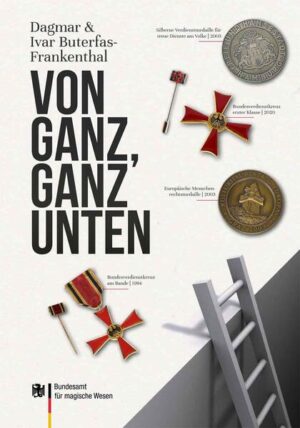
Von ganz, ganz unten
15,90 € – 32,00 €inkl. MwSt.
zzgl. Versandkosten
Lieferzeit: Lieferbar
Ausführung wählen -
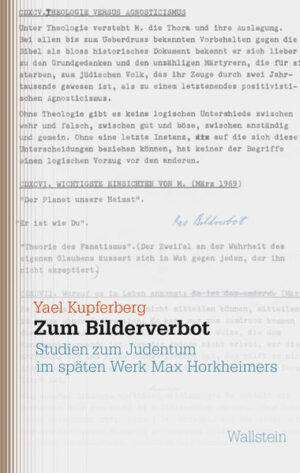
Zum Bilderverbot
28,00 €inkl. 7 % MwSt.
zzgl. Versandkosten
Lieferzeit: Lieferbar
In den Warenkorb
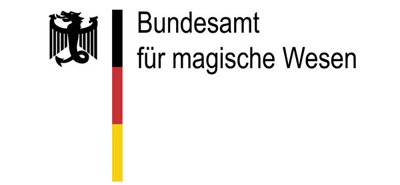


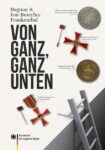
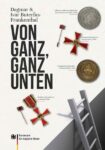
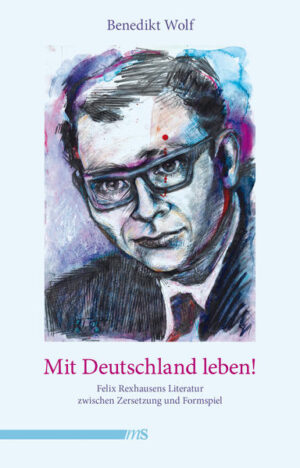





Bewertungen
There are no reviews yet